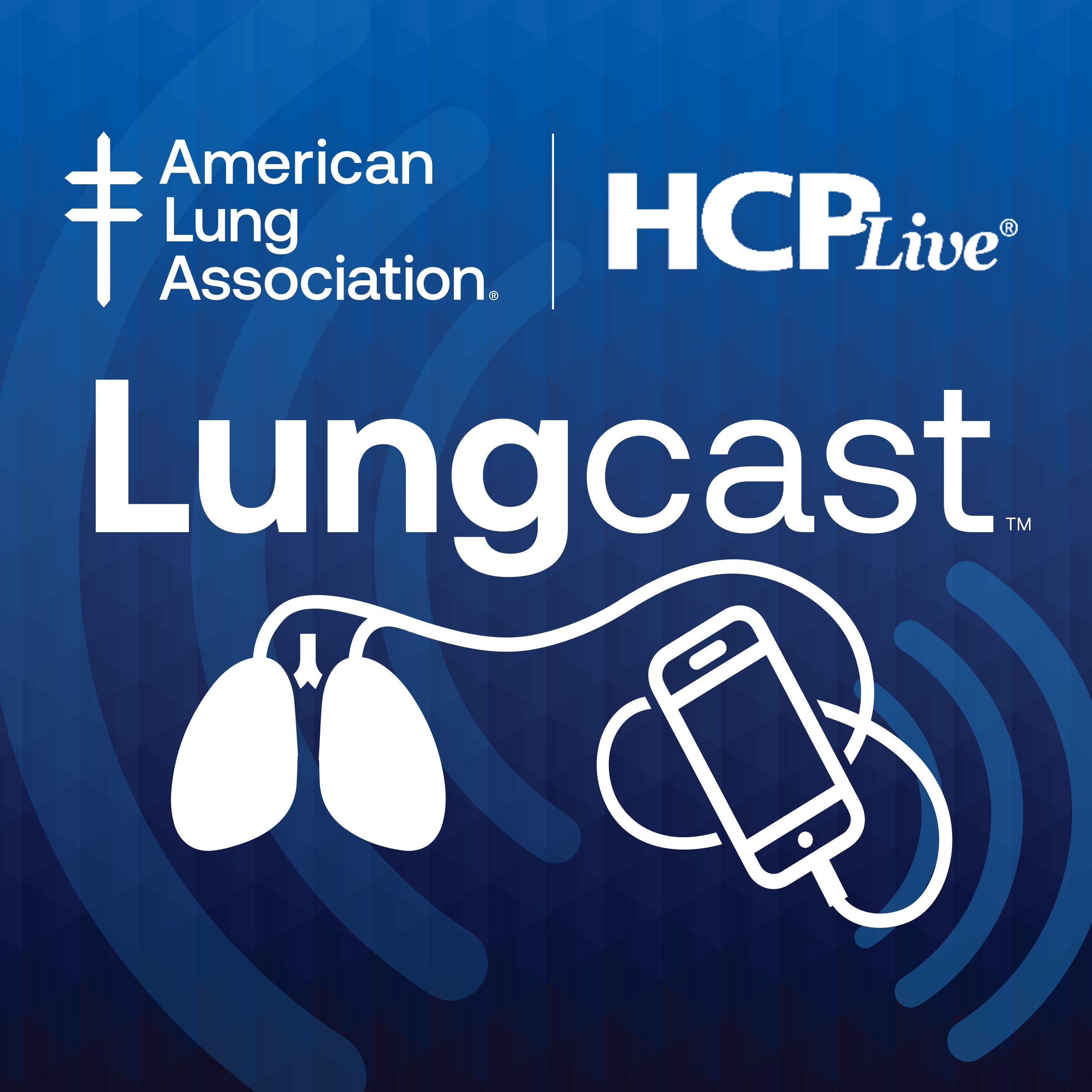Video
Importance of Communication Between Patients and Physicians
Author(s):
Biree Andemariam, MD: Wally, what are your patients telling you? You take care of adults with sickle cell disease. Individuals have known about curative conventional stem cell transplantation from a sibling for a long time. More recently, the data that Michael talked about in terms of haploidentical transplants has expanded the donor universe. Patients are knowledgeable in their reading about gene therapy. What are they telling you they want?
Wally Smith, MD: Patients are wowed by the pluses. They ignore the negatives until they get into my office. When I tell them about the preparation regimen, they check out at that point. They don’t want the preparation regimen. They hear chemotherapy, radiation, and the preparation regimen, and they say, “I didn’t know all that. Never mind.” We have to explain all that to the patients. We have to explain that it’s going to take a year out of their life. It’s going to require them to have a person whom they love and who loves them, essentially being their bodyguard for a year. It’s not an event. It is an episode. If you get people to that point and they still want it, then you should encourage them to go through with it. I’ve had 2 people go through with it.
The first was a person, now an adult, who had a sibling donor—the kind that Julie talked about. They waited until the exact right moment. This person has had just a wonderful outcome. The second was an adult without a sibling donor who had a haploidentical transplant. They had 3 children and poor social support but a husband who’s trying to hang in there. They’ve had a rough go of it post-transplant.
Everybody needs to fully understand what having this means so that they understand what to expect. To me, the most important thing is to expose them to the data and the opportunities. We should not withhold information from people because we, doctors, don’t think they would want these therapies. I almost did that to my second patient, the 1 who got the transplant and the haploidentical. I didn’t think they would go through with it. I didn’t think they could get through it, and they did. Shame on me for not giving all opportunities to my patients for everything that’s coming down the pike. They hear it on television and they come in the office saying, “Why didn’t you tell me about this?” That’s the main thing that’s happening right now.
Elliott Vichinsky, MD: Patients are not stupid, and they really need to be given the correct information in a supportive manner. It’s a really serious time for sickle cell. There are a lot of opportunities, and there are a lot of sound bites. Families know what to do for their family if given the correct information. The more transparent you are with toxicity, the more engaged they are even about doing it. My problem is getting that information to the potential patients who should join a study. I want to underscore that all these haploidentical patients and everything we’re talking about should be monitored within a network of trials. But we really need to get that information to families and allow them to make decisions.
Michael DeBaun, MD, MPH: I have 1 point that I think is critical. What families should understand is that when you go to any physician who’s talking about curative therapy, there are biases. What should happen and has not happened is there should be a systematic clearinghouse where the biases are to the best ability eliminated from the discussion. The parents of a 10-year-old that I see tomorrow in clinic will know that there are 4 ways for me to cure their child with sickle cell disease and that there are pros and cons with each. I would need to be able to explain this in a fashion that gives the family the optimal choice about which approach they prefer. This is not a simple conversation, and it can’t typically be done in a short sitting with understanding.
Wally Smith, MD: It is not a simple conversation.
Michael DeBaun, MD, MPH: What I have found, to my dismay, is that the choices offered are often based on the bias of the provider. This is unfair. It’s unfair to the family and the sickle cell community. In some ways, I would even push it to the point of being unethical. There has to be strategies where families are informed in an unbiased way about all the different treatments and our knowledge and lack of knowledge about the 5-, 10-, 15-, or 20-year sequelae of undergoing myeloablative and nonmyeloablative therapy.
Transcript Edited for Clarity





